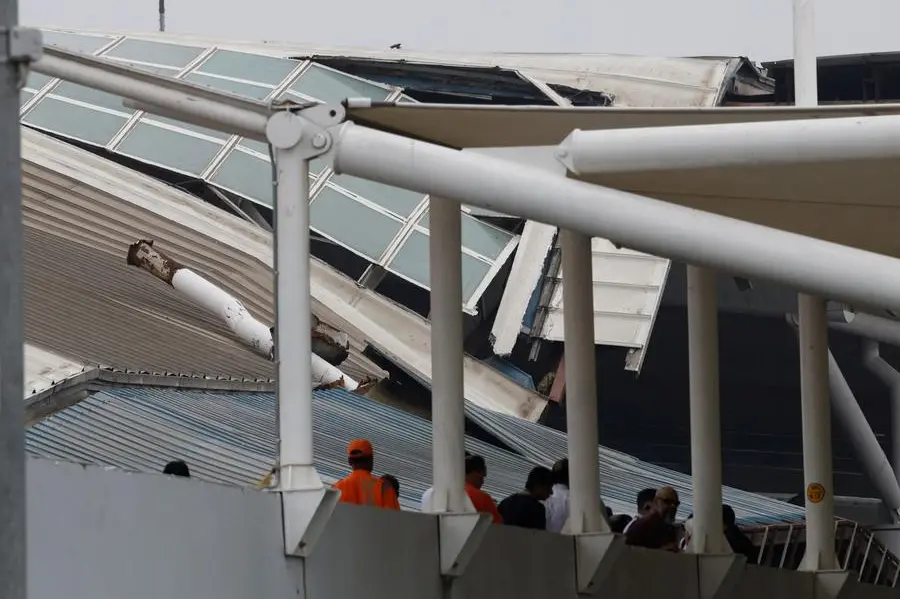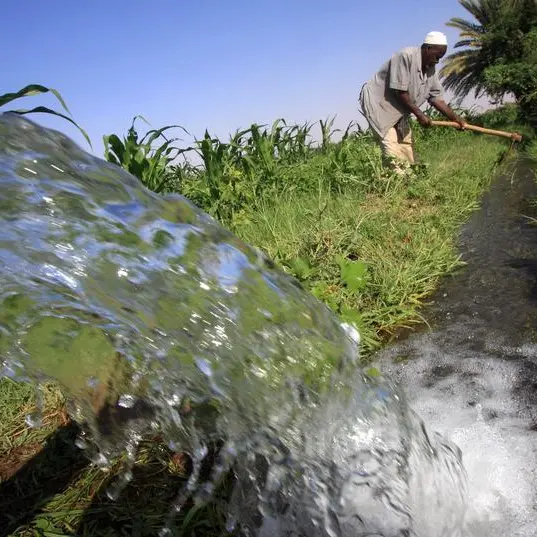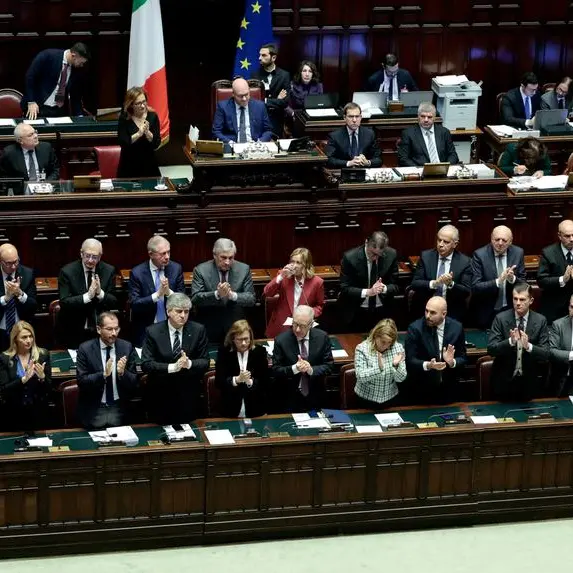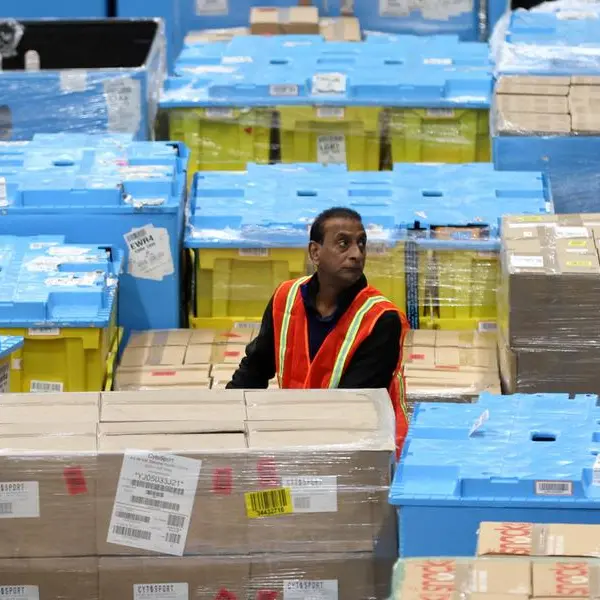PHOTO
NEW DELHI - The residents of Delhi, who endured one of the worst heatwaves in history earlier this month, now face severe water-logging with record-breaking rainfall in just 24 hours, surpassing the city's average for the entire month of June.
The torrential downpour caused a fatal airport roof collapse, disrupted flights, closed a metro station, blocked underpasses, and led to massive traffic jams, turning the city's relief from the heat into chaos.
WHAT'S HAPPENING?
The Indian capital of 20 million people received 228.1 mm rainfall in 24 hours at its main Safdarjung weather station until 8:30 a.m. (0300 GMT) on Friday, a 266% departure from normal, according to the India Meteorological Department (IMD).
Delhi has not recorded so much rain in the entire month of June at least in the last 15 years, IMD data shows. On Friday, in three hours alone, areas around the Delhi airport got 148.5 mm of rain, compared with 101.7 mm for all of June last year.
The seasonal monsoon rain, which slowly covers the country beginning from its southern tip at the end of May, brought respite from heatwave conditions that persisted in Delhi until last week. Temperatures this summer has neared 50 degrees Celsius in the city and it has recorded at least 40 consecutive days of temperatures at or above 40 degrees Celsius till June 22, according to IMD data.
An IMD official said the progress of the monsoon was stalled for a week, which led to lower rainfall and heat waves in northern India, but sudden thunderstorms last week in the region pushed the monsoon clouds back on track. This, he said, will help the monsoon cover the entire country on time or even a few days ahead of the normal schedule.
WHY THE EXTREMES?
For every degree increase in earth's temperature, the amount of water vapour in the atmosphere can increase by about 7%, according to a NASA article. Experts say that can lead to heavy rains in a short period of time.
"Because of climate change, you will get more extreme rain events, which means more rain in a fewer number of rainy days, rainy hours," Sunita Narain, director general of research body Centre for Science and Environment, said in a recent video post.
"If you look at the data from across India, you will find that many weather stations are already reporting that they are breaking the record of 24-hour rainfall, which means that a city, a region, can get its annual rain, as much as a whole year's rain, in a matter of a few days or even one day."
WHAT NEEDS TO BE DONE?
Delhi has endured erratic monsoon patterns over the last 40 years, facing both deficient and excessive rainfall, said Vishwas Chitale, at think-tank Council on Energy, Environment and Water.
"Such skewed distribution of rainfall impacts infrastructure and people severely, which re-emphasises the importance of climate proofing infrastructure and the economy," he said.
Experts say India needs to dig more lakes and ponds to store the water from heavy rain to prevent massive water shortages in places like Delhi and Bengaluru. Municipalities need to ensure drains and canals are un-clogged to avoid heavy flooding and major disruptions.
The country also needs to substantially increase its green cover and raise public awareness about the impacts of heat, stagger work hours and change school timings.
(Reporting by Krishna N. Das, Shivam Patel and Rajendra Jadhav; Editing by Raju Gopalakrishnan)























